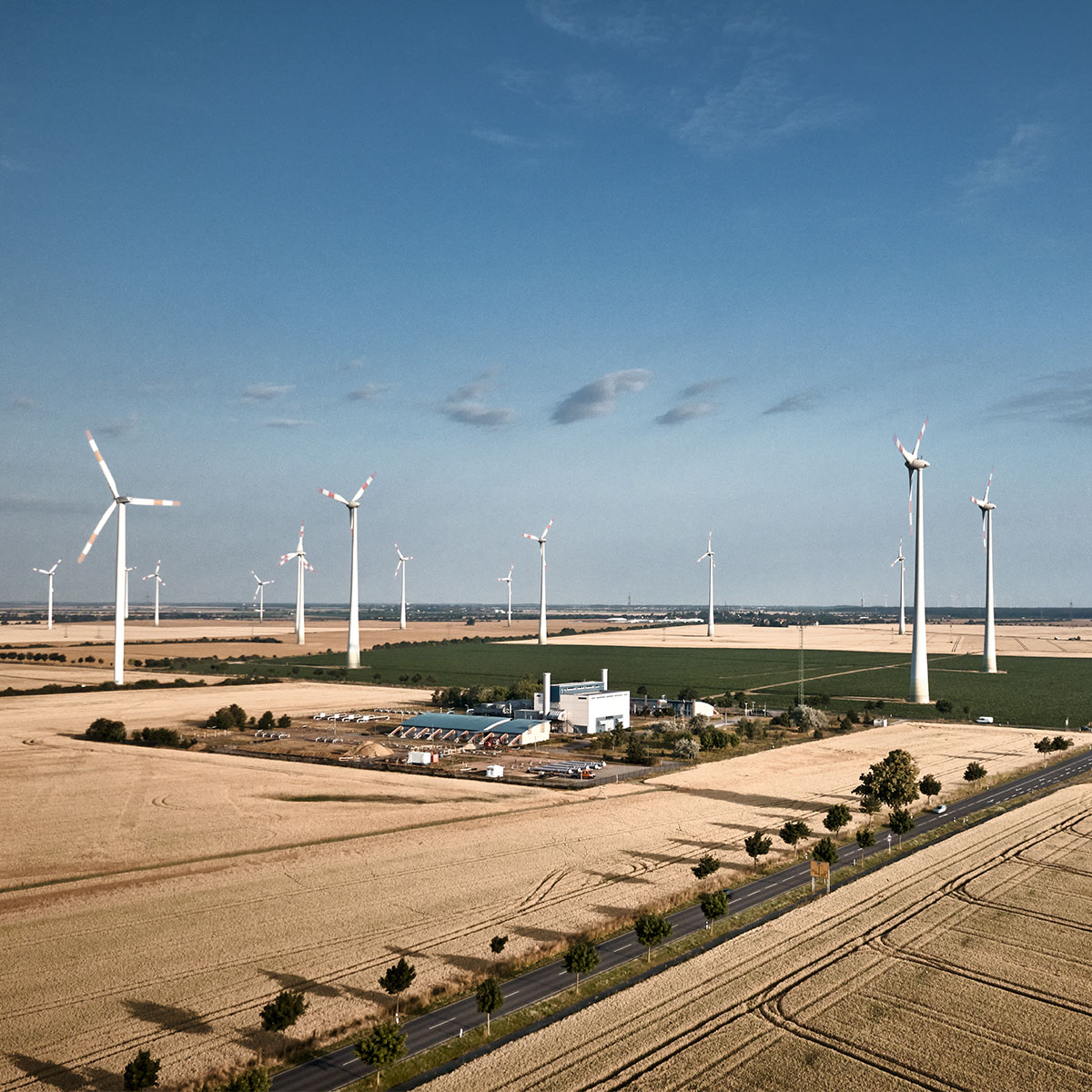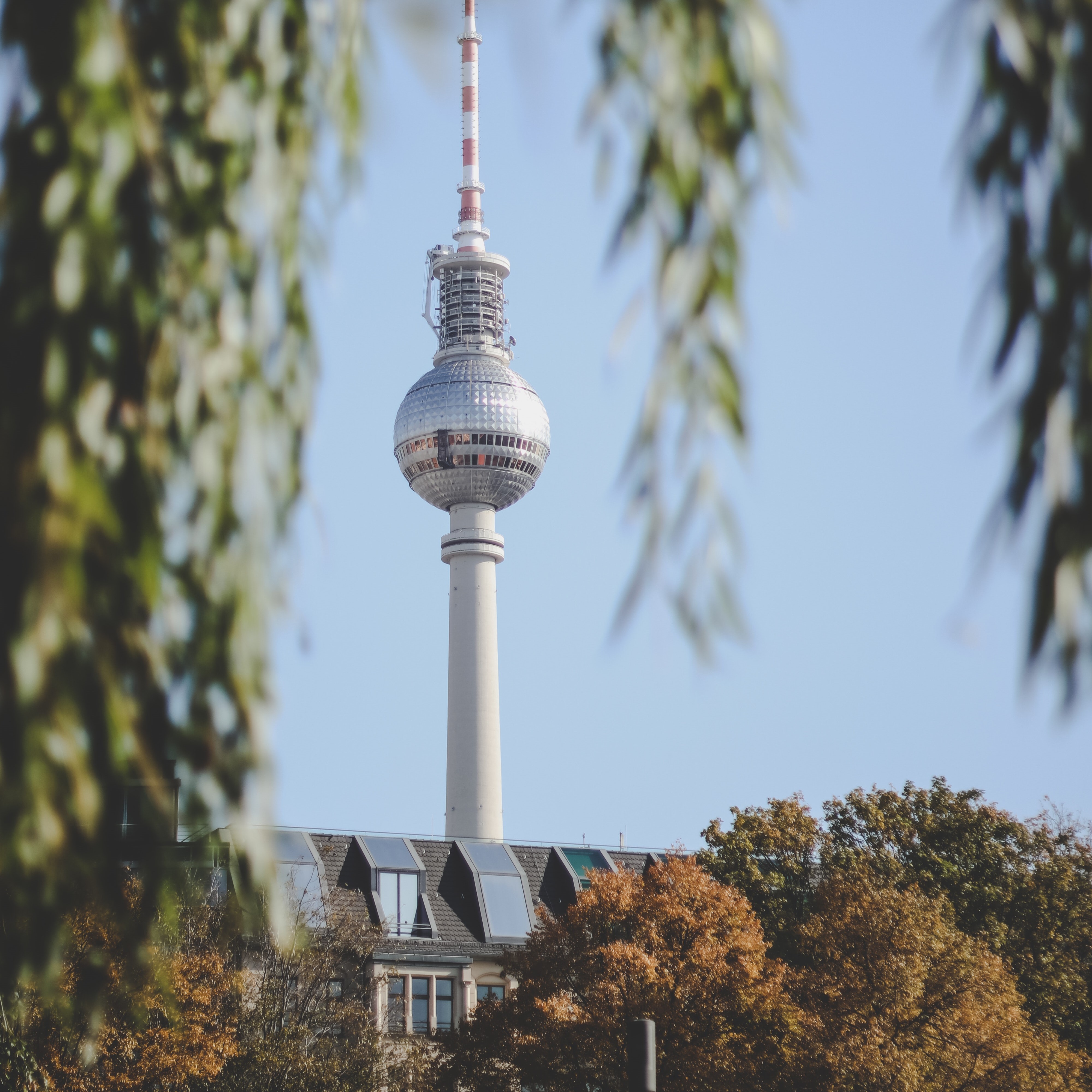Hydrogen strategies
Target vision for the future hydrogen economy
As a versatile energy source, hydrogen plays a key role on the road to a climate-neutral future. As part of the National Hydrogen Strategy, but also in the hydrogen strategies of the federal states, targets are being formulated and concrete measures developed to promote the hydrogen ramp-up in Germany.
National Hydrogen Strategy – guidelines for the German hydrogen market
In its National Hydrogen Strategy (NHS), the federal government sets the targets for the development of the hydrogen market in Germany and defines the guidelines for its implementation by 2030. The first NHS was published in 2020. In 2021 and 2022 the federal government released implementation reports. In 2023 this was followed by the updated NHS, which brought the original hydrogen strategy into line with current requirements and also added security policy aspects. The revised strategy provides an important reference point for stakeholders in the region of Eastern Germany: it shows that the federal government is staying the course as it strives to establish Germany as a leading market for hydrogen. Effective and efficient hydrogen pipeline infrastructure that is able to meet demand is a critical factor for the success of this project.

Update of the National Hydrogen Strategy 2023
Germany is expected to become the market leader for hydrogen technologies by 2030, as also stipulated in the 2021 coalition agreement. In this respect, one of the core aspects of the updated National Hydrogen Strategy includes the updated quantity targets: 10 GW of domestic electrolysis capacity are expected to be in place by 2030. This represents a doubling of the target from the NHS 2020. In addition, annual demand for hydrogen of between 95 and 130 TWh hydrogen equivalent is assumed for 2030.
An important point for which the NHS currently merely contains guidelines is the topic of hydrogen imports. However, an independent import strategy, based on a broad diversification of the import channels, is expected to be prepared by the end of 2023. The sustainability criteria for hydrogen imports will also be defined.
Hydrogen infrastructure as a central element
The successful development of the hydrogen market relies on an effective and efficient hydrogen infrastructure. The updated NHS 2023 specifically mentions the pending amendment of the German Energy Industry Act in two steps as short-term measures for the establishment of the national hydrogen infrastructure:
- A core hydrogen network is to be presented by the transmission system operators, confirmed by the Federal Network Agency and implemented by 2032. This process has been implemented; in October 2024, the application for the hydrogen core network submitted by the transmission system operators was approved by the Federal Network Agency.
- The federal government is creating the legal basis for the expansion of the gas network development plan to an integrated gas and hydrogen network development plan. The planned German Hydrogen Acceleration Act to facilitate permit applications, e.g. for the construction and connection of import terminals, is also mentioned.
Further measures target the establishment of the integrated network development plan, the federal government’s support for the European Hydrogen Backbone as well as the creation of shipping import infrastructure for hydrogen derivatives.
Federal states in focus: H2 strategies of the eastern German federal states
Hydrogen as an energy source is becoming increasingly important and is a key component of functional, sustainable sector coupling based on renewable energies and established transport routes. This opens up new opportunities, particularly for the windswept and industrialised regions in Eastern Germany. The new federal states have recognised this and developed individual hydrogen strategies.

H2 strategy of the state of Mecklenburg-Vorpommern
Mecklenburg-Vorpommern has joined together with Hamburg, Bremen, Lower Saxony and Schleswig-Holstein to highlight the benefits of the location for building a hydrogen economy. Northern Germany has outstanding potential for onshore and offshore wind power, geological formations for storing hydrogen as well as access to the high seas and international markets. As a result, the strategic focus is primarily on the production and distribution of green hydrogen and derived products. The current plans provide for the installation of at least 500 MW of power for electrolysis for the production of green hydrogen in Northern Germany by 2025 and at least 5 GW by 2030. Hydrogen hubs will be used to support the production, distribution and use of hydrogen, such as in industry and mobility.

H2 strategy of the state of Brandenburg
In the state of Brandenburg, the majority of the existing, predominantly grey hydrogen is used as a raw material in refineries as well as the chemical, iron and steel industries. The state’s H2 strategy is focussed on building up production capacities through electrolysis plants to produce green hydrogen and consequently switching production from grey to green hydrogen. But as Brandenburg currently only has around 2 percent of “excess electricity”, the first step will be to expand renewable energy capacities to an accumulated maximum power of 524 MW. Until then, Brandenburg will accelerate energy imports to enable the ramp-up of the H2 market in the state.

H2 strategy of the state of Berlin
In future, instead of coal, gas and oil, the state of Berlin will rely on hydrogen for heavy goods transport and in industry, but particularly also for heat supply. In the nation’s capital, hydrogen will also be converted back into electricity for a secure power supply. A positive side-effect: of this is that the resulting waste heat will additionally support the heat supply. To ensure an adequate supply of hydrogen, Berlin will soon be connected to appropriate routes. Berlin is working closely together with the state of Brandenburg to make this vision a reality as soon as possible.

H2 strategy of the state of Saxony
With the start-up Hintco in Leipzig, the state of Saxony is ideally placed to become the starting point for a global trading platform for hydrogen and its derivatives. For Saxony itself, forecasts assume a hydrogen demand of between 0.8 and 1.6 TWh per year from 2030 - as an intermediate or end product primarily for the mobility, logistics and industrial sectors. According to calculations, an installed electrolysis capacity of around 280 to 570 MW, 1.2 to 2.5 TWh/a of renewable electricity and between 290,000 and 580,000 m³/a of water are required to produce between 24,000 and 48,000 tonnes of hydrogen per year. Accordingly, Saxony is also emphasising the increased expansion of renewable energies.

H2 strategy of the state of Saxony-Anhalt
Saxony-Anhalt believes that the hydrogen economy offers fantastic opportunities for structural change in Central Germany and that it can act as a driver to secure and create industrial jobs in the region. As a result, Saxony-Anhalt is looking to set itself up as an important location for the production and use of green hydrogen in Eastern Germany by 2030. It is planning investments in major electrolysis plants generating at least 1 GW of power for producing at least 5 TWh (1.67 billion Nm³) of green hydrogen every year and is seeking to attract and retain local hydrogen stakeholders in the chemical industry as well as in other energy-intensive industries, such as glass, paper, cement and aluminium production. Saxony-Anhalt is also committed to the use of cavern storage facilities as large-scale energy storage systems by 2040.

H2 strategy of the state of Thuringia
Thuringia, too, has recognised the potential of green hydrogen for a climate-neutral energy future and as a sustainable economic area, and drafted initial plans. The state government is planning to establish a significant electrolysis power output by 2030, with the goal of “bundling” the regional consumption of the hydrogen produced. The federal state, which is predominantly home to small- and medium-sized enterprises, is more focussed on the “Erfurter Kreuz” technology triangle as well as the heating market in the cities.